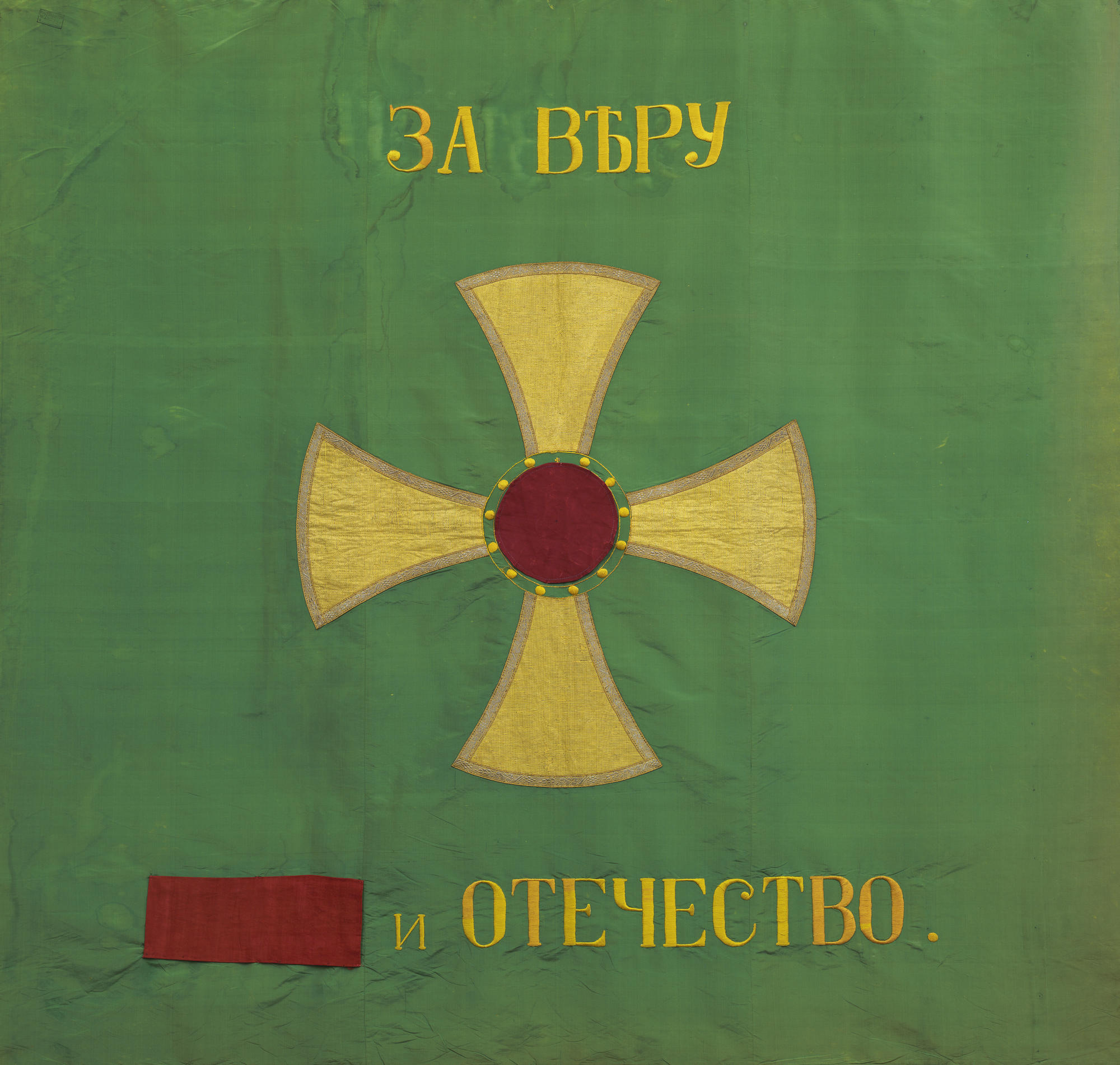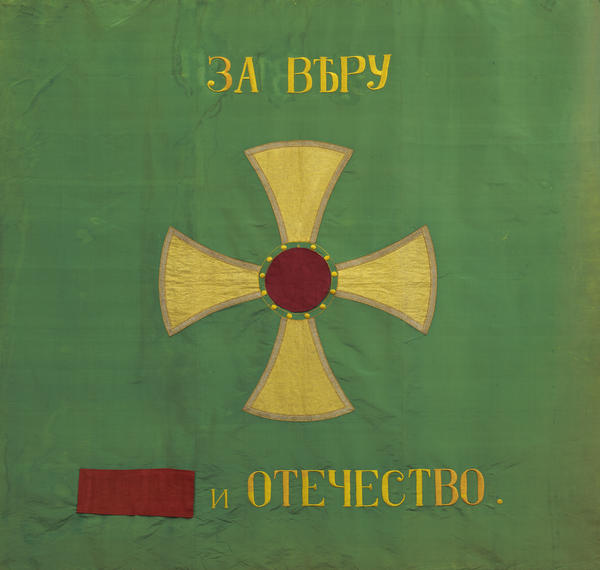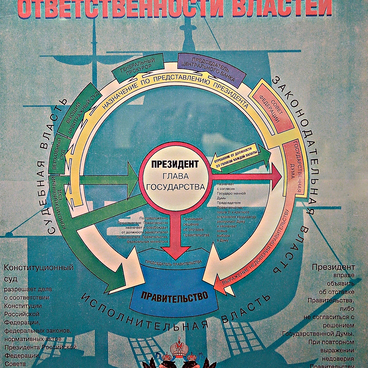In Russia regular national militia appeared in 1874 after the military reform conducted by Emperor Alexander II. In fact, militia replaced reserve forces. Militiamen were called in service only during emergencies. All men aged from 21 to 43 who did not serve in military forces and knew how to handle arms were to be enrolled in the militia.
Militiamen were called ratnik (warriors). They were divided into two grades. Ratniks of the first grade were soldiers transferred from reserve forces or regular army while ratniks of the second grade were men found unfit for duty but capable of handling arms.
Since 1890, ratniks participated regularly in training courses in peacetime. However, if the state faced a military threat, militiamen were used to form cavalry, infantry, sapper and other troops. A unit was to be formed within 28 days after an order was received. Recalled militiamen must obey the same rules as professional military men.
In Russia naval militia existed and it was composed of reserve skippers, steersmen, mechanics, machinists, sailors, carpenters, stokers and boilermen.
The militia was partially financed by the state. The state provided ratniks with arms, carts and other equipment while regional authorities were responsible for expenses related to uniforms and household utilities.
Militiamen participated not only in military actions, they also worked in hospitals, protected railways, carried out repairs and participated in agricultural works in the rear.
When World War I started, ratniks of the first grade were called up following the ordinance of the Senate. Militia units formed in 1914 received banners of troops that had participated in the Crimea War in 1855.
Militiamen were called ratnik (warriors). They were divided into two grades. Ratniks of the first grade were soldiers transferred from reserve forces or regular army while ratniks of the second grade were men found unfit for duty but capable of handling arms.
Since 1890, ratniks participated regularly in training courses in peacetime. However, if the state faced a military threat, militiamen were used to form cavalry, infantry, sapper and other troops. A unit was to be formed within 28 days after an order was received. Recalled militiamen must obey the same rules as professional military men.
In Russia naval militia existed and it was composed of reserve skippers, steersmen, mechanics, machinists, sailors, carpenters, stokers and boilermen.
The militia was partially financed by the state. The state provided ratniks with arms, carts and other equipment while regional authorities were responsible for expenses related to uniforms and household utilities.
Militiamen participated not only in military actions, they also worked in hospitals, protected railways, carried out repairs and participated in agricultural works in the rear.
When World War I started, ratniks of the first grade were called up following the ordinance of the Senate. Militia units formed in 1914 received banners of troops that had participated in the Crimea War in 1855.



